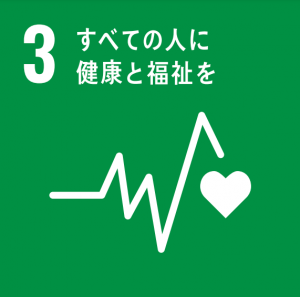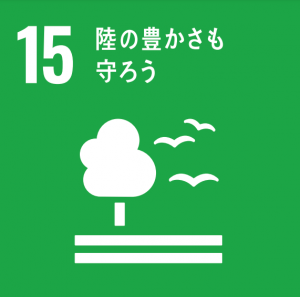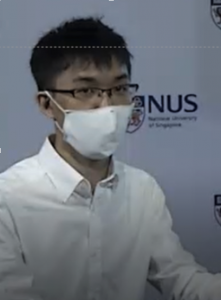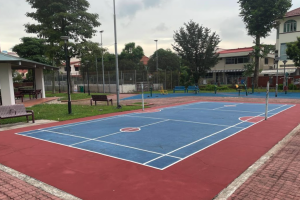2021.06.30
Youth Report by NUS
シンガポール国立大学(NUS)語学教育研究センター(CLS)LAJ4203 Newspaper Readingの日本語履修生が日本語で様々なトピックを綴ります。
私が考えるSDGs

皆さん、今まで献血した経験があるだろうか。私はあるが、人間ではなく、蚊に献血してしまったのだ。蚊は病気をもたらす生き物、人の健康や命を奪うほど危険である。現在、シンガポールは自然環境を守りつつ、市街地に潜んでいる蚊の数を減らすそうと、蚊の断種をする技術を開発している。
なぜシンガポールは懸命に蚊の退治を目指しているのだろうか。実際、シンガポールではデングウイルスを媒介しているネッタイシマ蚊に遭遇する場合が多い。コロナウイルス同様、デングウイルスは他の哺乳動物から人間に感染したと推測される。ところが、未だにウィルスの抗体の開発には成功していない。そのため、シンガポールの政府は蚊を殺虫剤を使用して駆除してきた。しかしながら、殺虫剤に含まれるフロンガスはオゾン層の破壊につながる。そのため、蚊を不妊化しようとしているのだ。
どうやって蚊を不妊化させるかというと、ボルバキアという細菌を持っている雄と細菌を持っていない雌の蚊を交配させるのだ。研究所で多数の蚊の卵
に細菌を注射し、成長した雄の蚊を市街地に放つ。一方、雌の蚊は研究所に置いたままにする。
この技術は幾つかの利点がある。他の多くの昆虫同様、蚊は自分の属する種しか相手にしない。それに、研究の過程では性別分類に細心の注意を払い、動物を犠牲にすることはない。殺虫剤といった他の蚊の駆除方法と違い、この抑制技術は蚊を殺さずに目的を達成することができる。この為、蚊が媒介する病気の被害を避けながら、自然環境に与える悪影響は最小限にできる。しかもこの技術をより改良すれば、バッタなどの他の害虫にもいずれ応用できるようになり、害虫に苦しむ他国の人々も助けることができるだろう。
つまり、SDGsの二つの目標、「陸の豊かさを守る」と「全ての人に健康と福祉を」が同時に達成できる。この一挙両得の方法があれば、持続可能な社会にさらに一歩踏み出せるのではないだろうか。いつか無意識の献血をしない日がくるように願っている。


私たちはSDGsを支援しています
《英語翻訳》
Have you ever donated blood? I certainly have, albeit not to prolong one’s lifespan, but as nutrient supplement for a new generation of mosquitoes instead. Mosquitoes endanger our health and even our lives, and hence are considered as plague-bringers. To reduce the mosquito population dwelling in urban areas whilst mitigating damage to the environment, Singapore has been researching on a technology dubbed Wolbachia Aedes Suppression technology.
Singapore’s adamance on controlling mosquito population can be explained by the local context and the significance of the virus. It is a commonplace to get stung by dengue mosquitoes in Singapore. Furthermore dengue virus, is postulated to originate from other mammals some eight centuries ago. Since then, our immune systems have not yet developed antibodies, nor have we created vaccines to counteract dengue virus. Therefore, Singapore has resorted to contain mosquito population directly to avoid said viral infection.
The population suppression technology is done via sterilisation. For it to work, Wolbachia bacteria is inserted into mosquito eggs at a research laboratory. The infected, egg-turned-adult male mosquitoes are then released to urban areas. This is because the necessary condition for sterilisation requires infected males and non-infected females to copulate. Infected females are bacteria carriers and hence are fully capable of reproducing infected mosquitoes, therefore they are kept in the research laboratory.
This technology has a few notable merits. Like most other insect species, mosquitoes only copulate with those of the same species. The gender separation process is stringent, and the entire process does not involve killing of sorts. Consequently, viral infection via mosquitoes can be avoided, and the negative damage spillover to the environment is minimal. With further research, this technology can help countries who are by plagued other kinds of insect pests.
In other words, two main SGD goals, ‘Life on land’, and ‘Good health and well-being’ can be accomplished concurrently, which allows us to make inroads to a more sustainable developing society. Someday, we may not donate blood unwillingly.

チャン・インハン
統計学3年のチャン・インハンと申します。趣味は旅行や音楽で、日本への旅行が自立につながったことがきっかけで、日本語の勉強を始めました。日本語の勉強を通して、色々な知識を得ると同時に日本の文化や慣習を学ぶことができました。
■気になっているニュース:
ミツバチでSDGs、老舗問屋おすすめの「企業養蜂」
秋田県にあるとある老舗問屋は2050年までに日本各地の多くの高層ビルの屋上の庭で養蜂を普及することを目指している。シンガポールより、自分のアイデアが実現しやすい日本では、このような実証実験ができるんでしょう。この実証実験が成功するように祈っています。



